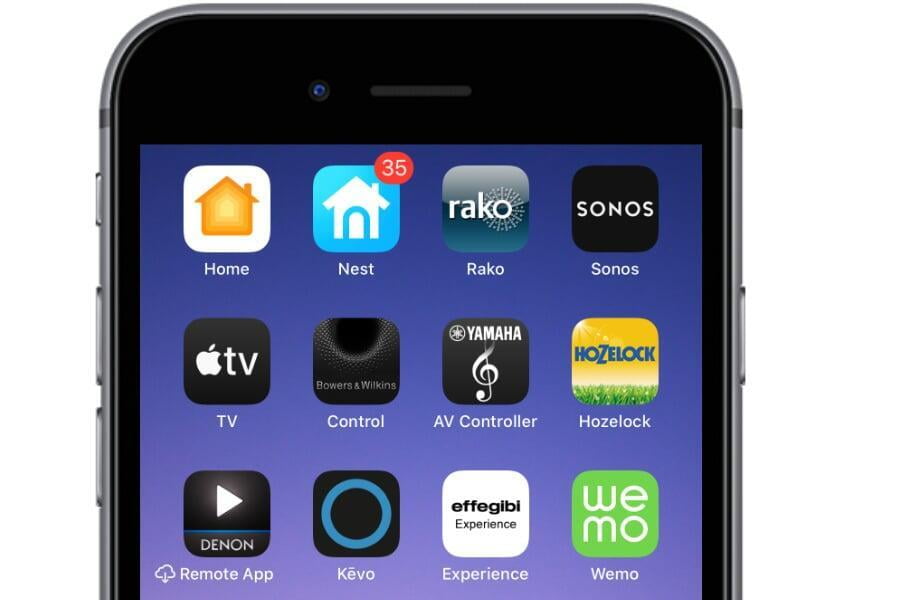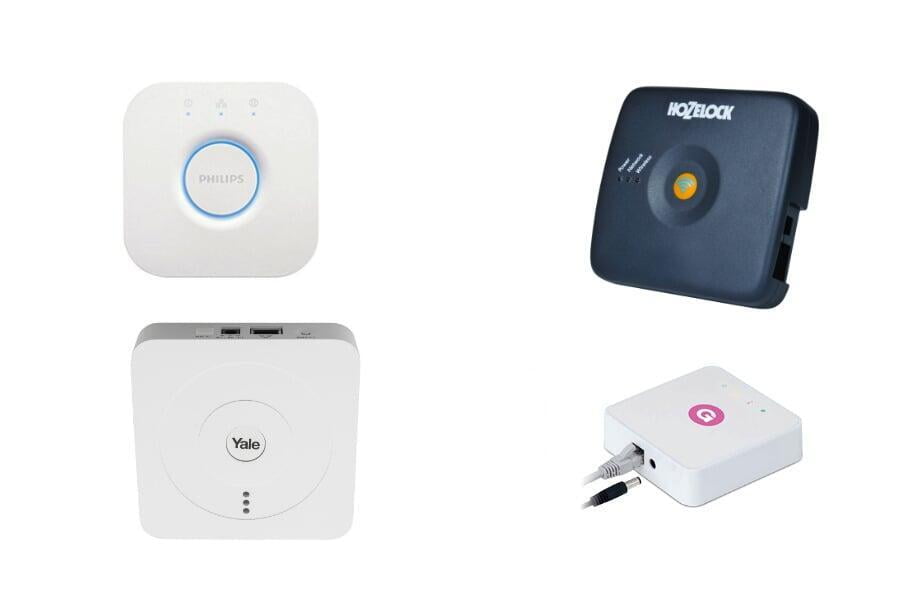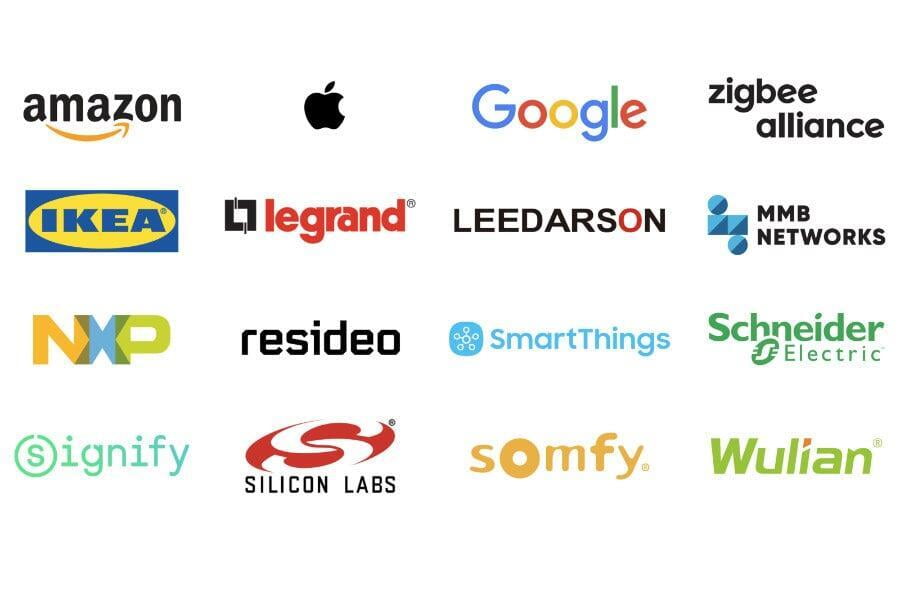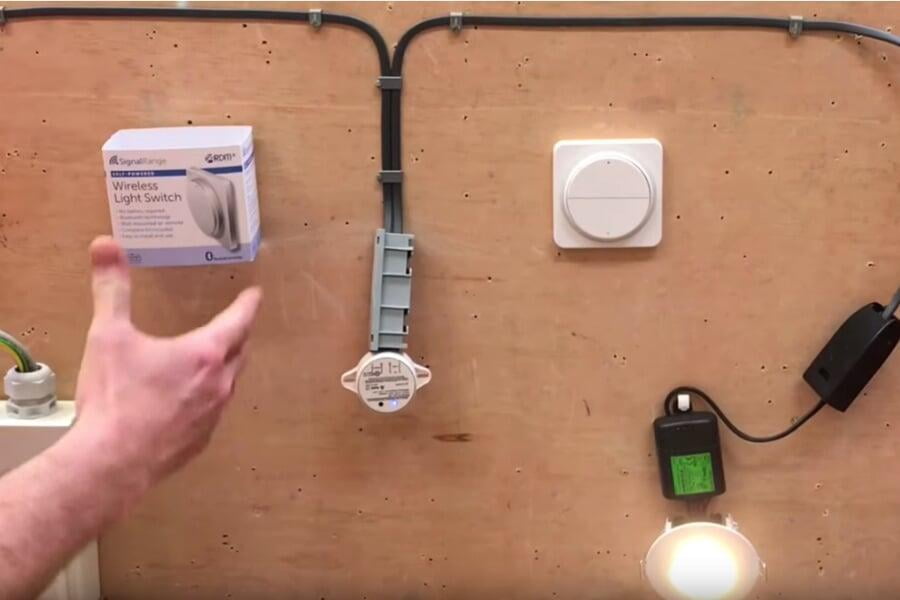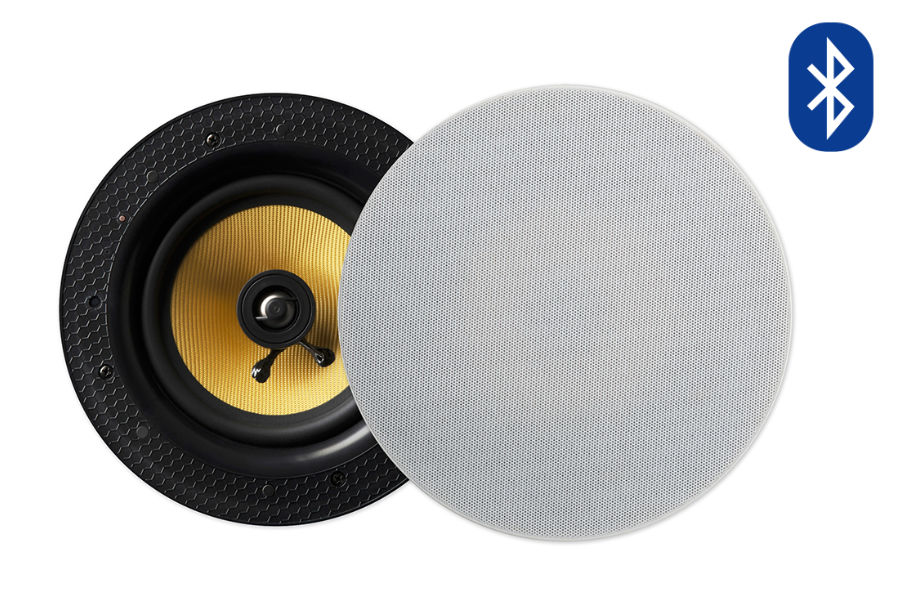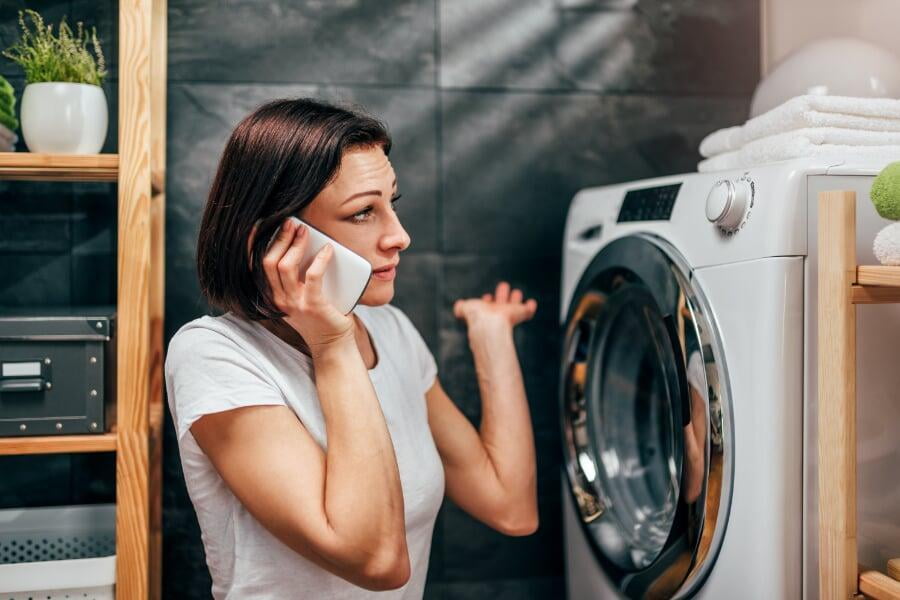Apple, Amazon and Google end smart home war.
Tech heavyweights have agreed a collaboration to develop a common communications standard for smart home devices.
By Gordon Routledge
Friday 20th December 2019
SHARE IT
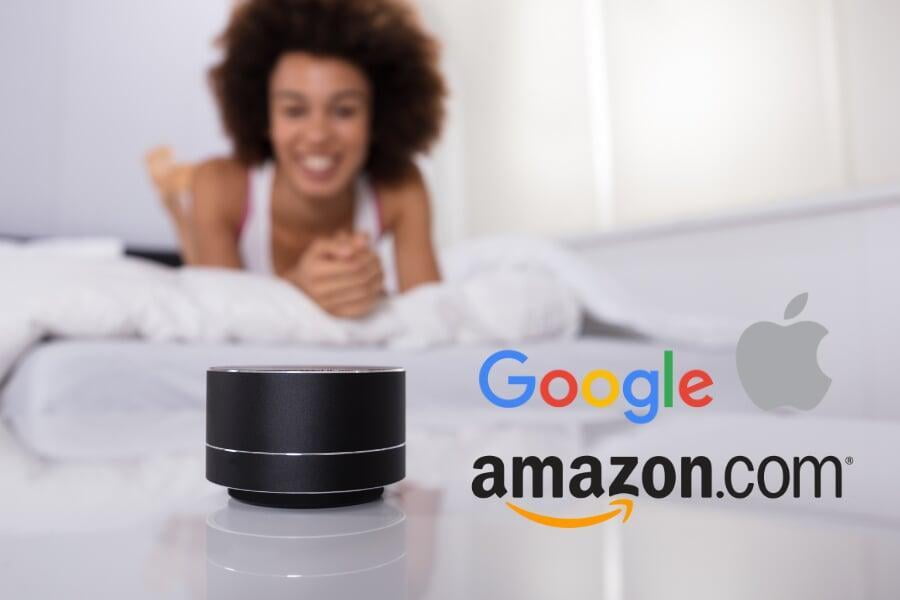
Apple, Amazon and Google have agreed to join together to accelerate the adoption of smart home technology. The move brings to an end the battle to control the market for digital assistants and how they interface with other smart home devices, such as lights, cameras and thermostats.
The project called Connected Home over IP is a working group comprising the members of the existing Zigbee alliance and the tech giants. The group aims to develop common standards for the elements needed to enable a smart home, from networking and apps to cloud-based services.
The group will use Internet Protocol (IP), which is the backbone of the internet, allowing computers to talk to each other for decades. Think about ethernet cables and WiFi. While existing devices may have used IP to connect, each manufacturer has developed individual protocols to control devices, which locked out competitors. Apple Homekit and the Siri digital assistant would not recognise Google's Nest products and vice-versa.
eFIXX insight - It's about time
The Internet of Things (IoT) revolution promised so much at the beginning. Users ended up drowning in apps and running out of space to accommodate hubs and gateways. Thermostats, security cameras and smart speakers have proved to be very popular. Getting them to work with more niche items such as lights, locks and blinds has been the difficulty. This dis-joined approach meant users would need one app for a security camera and a separate one for smart lights. They are making it almost impossible for a connected camera to switch lights on if the devices aren't on the same platform. It's this linking between devices which is essential to create a true smart home environment. Without this, separate device-specific apps are just glorified remote controls.
Customers want choice and something that just works
This move is excellent for the consumer. Being able to buy devices from multiple manufacturers and not having to worry about them working together is a step forward. It also de-risks the purchase if a manufacturer discontinues or stops supporting a product.
A standard protocol will encourage more manufacturers to enter the market for smart devices. Under the current dis-jointed market, manufacturers have to develop separate software for Alexa, Siri or Google Assistant, making development and ongoing support required for software updates expensive.
Users will be able to choose the front end, which works best for them and their existing devices. So expect an explosion of switch plates, sensors, intelligent lamps and third-party apps.
Who could lose out?
This announcement will be watched very closely by the existing high-end smart home providers such as Control 4, Lutron and Rako. They have responded to consumer demand and enabled control of their systems with voice assistants. But, this move could remove them as the hub of the smart home system. Connected home over IP will allow devices to talk directly to each other. Several LED driver manufacturers have products which can communicate directly with Alexa. This removes the function of existing control systems, as intelligence moves away from big control boxes in cupboards.
How does it work?
Devices can join a network at an IP level, so connect via WiFi or ethernet. Perhaps best for devices which need to transmit lots of data continuously, e.g. sound systems or CCTV cameras. Devices which need intermittent or low rate communication can connect via Zigbee or Bluetooth. In a typical room, an Amazon Echo smart speaker could be the primary connection to the smart home network using IP. Local devices such as light switches or lamps could join the Echo using Zigbee or Bluetooth LE.
Who is supporting the Connected home over IP project?
Alongside the Silicon Valley giants, the project launched with a diverse range of supporters. Including home retail giant IKEA, blind maker Somfy and consumer electronics leader Samsung, under their Smartthings banner. Within the electrical segment Schneider, Legrand and Signify (formerly Philips) have joined.
It's now evident that the internet giants will increasingly control the gateway to the smart home via digital assistants. Now that the turf war is over, it opens up opportunities for a wide range of manufacturers. Keep a close eye on who joins next!
More information >>>
